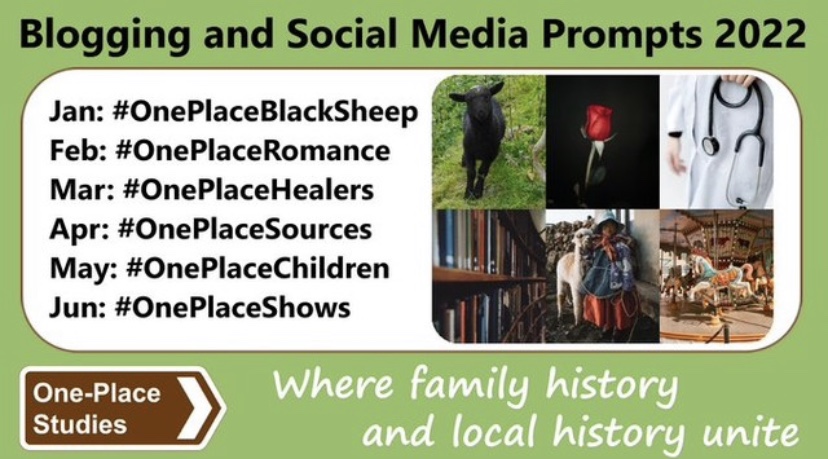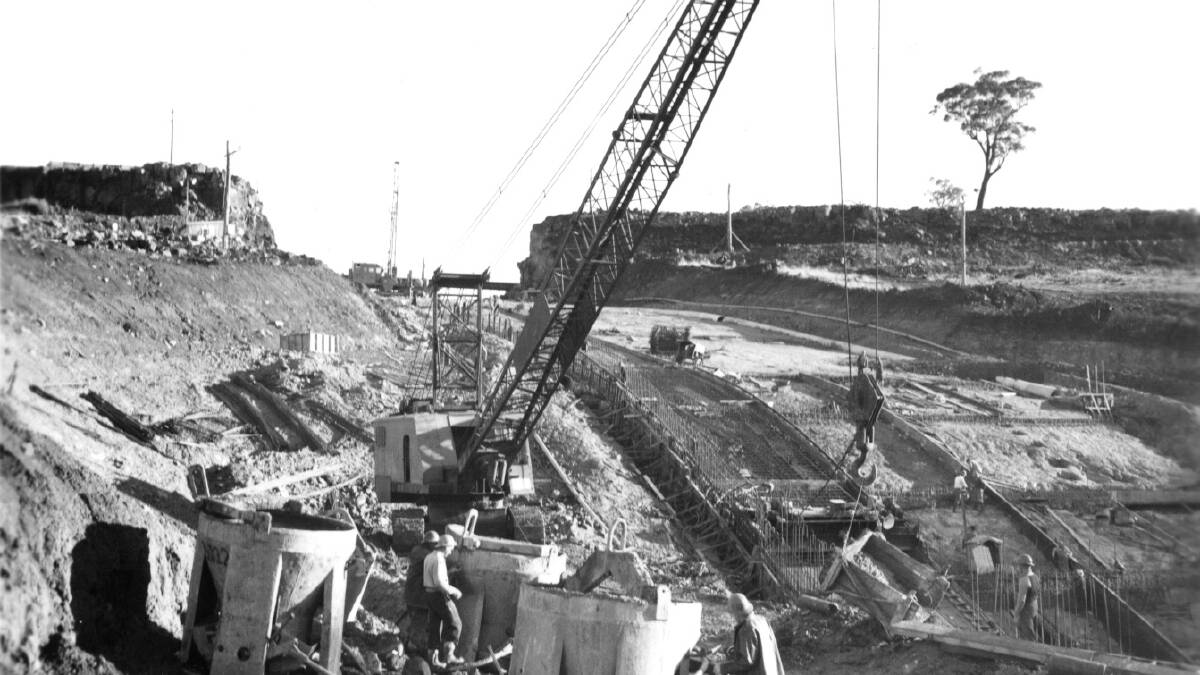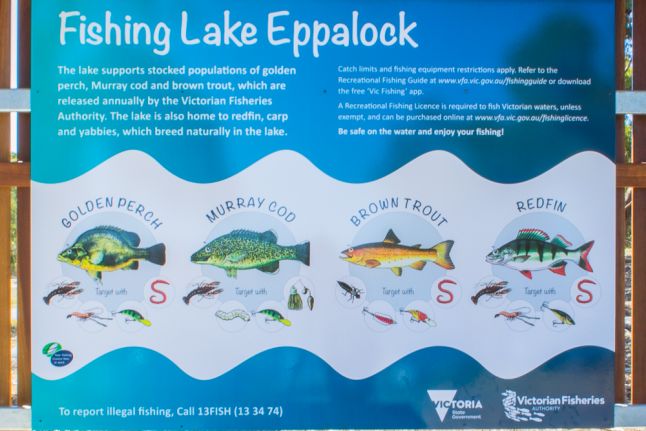From: The Bendigo Independent (Vic. : 1891 – 1918) 23 December 1913, Page 7.
BEE-KEEPING.
THE INDUSTRY AT AXEDALE
By Our Special Reporter
Mr. F. Barnet of Axedale, on being interviewed, commented strongly on the great advancement, has been made in bee keeping of late, owing to the legislation which makes compulsory, the use of the patent hive. The doing away with the use of the secondhand gin case, has done much for the breeder who judiciously manages his hives. This is in the direction of the control of “fowl brood.” There are also now inspectors appointed with a view to stamping out the disease. In handling bees, whether in the hive or in swarms one needs, of course, to be well protected. This, and the catching of swarms can be dispensed with here. Though one precaution is worthy of mention, and that is after the swarm has been caught, it should be left in the box until after sunset. In this way the queens from the different hives in the apiary, will not get mixed with the new catch.
In connection with robbing, any chips, leaves or bagging, may be used in the smoke blower, but the much used manure should be discarded. Why it is much used is not easy to explain, excepting that the smoke is more overpowering, for it gives the honey a decidedly disagreeable taste.
The hive should be robbed on a warm day, when the bees are working well; if not done under these circumstances, it is possible that the bees from other hives will pay more attention to the hive that is being robbed than their own. Mr. Barnett, who has about 110 hives, says that the seasons at Axedale have not been good for the past four or five years. This year promises to be better, which is curious considering that it is the off season. Meaning that it is not the year that the red gum blooms in. Intending bee breeders should always procure the Italian bee in preference lo what is known as the “Black Bee.” The former are by far the more industrious as honey procurers, and build up a much stronger hive than the blacks.
Though bee keeping is found to be fairly profitable by Mr. Barnett, he says that at Axedale it is a very erratic occupation, and though some years there are big years, there are times when there is none worth the mention. Then there is the risk of losing swarms. Again, although the science of the industry has advanced, disease is much more prevalent. The queen should never be taken, from the upper box, but should always be taken from the brood chamber. The queens should be replaced before they become worn out. A common mistake is to he satisfied with any, just so long as there is a queen in the hive. The combs are put into an extractor which consists of a circular spindle (made to revolve by either manual or motive power), with comb frames. The honey is then extracted by centrifugal force. .The honey should be healed and seamed, and should stand for from 24 to 48 hours before being canned. This has the effect of giving it a clear appearance.
“BEE-KEEPING.” The Bendigo Independent (Vic. : 1891 – 1918) 23 December 1913: 7. Web. 3 Mar 2022 <http://nla.gov.au/nla.news-article226778677>.
©2022 copyright. All rights reserved axedalethenandnow.com





















